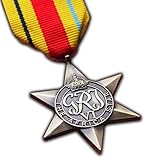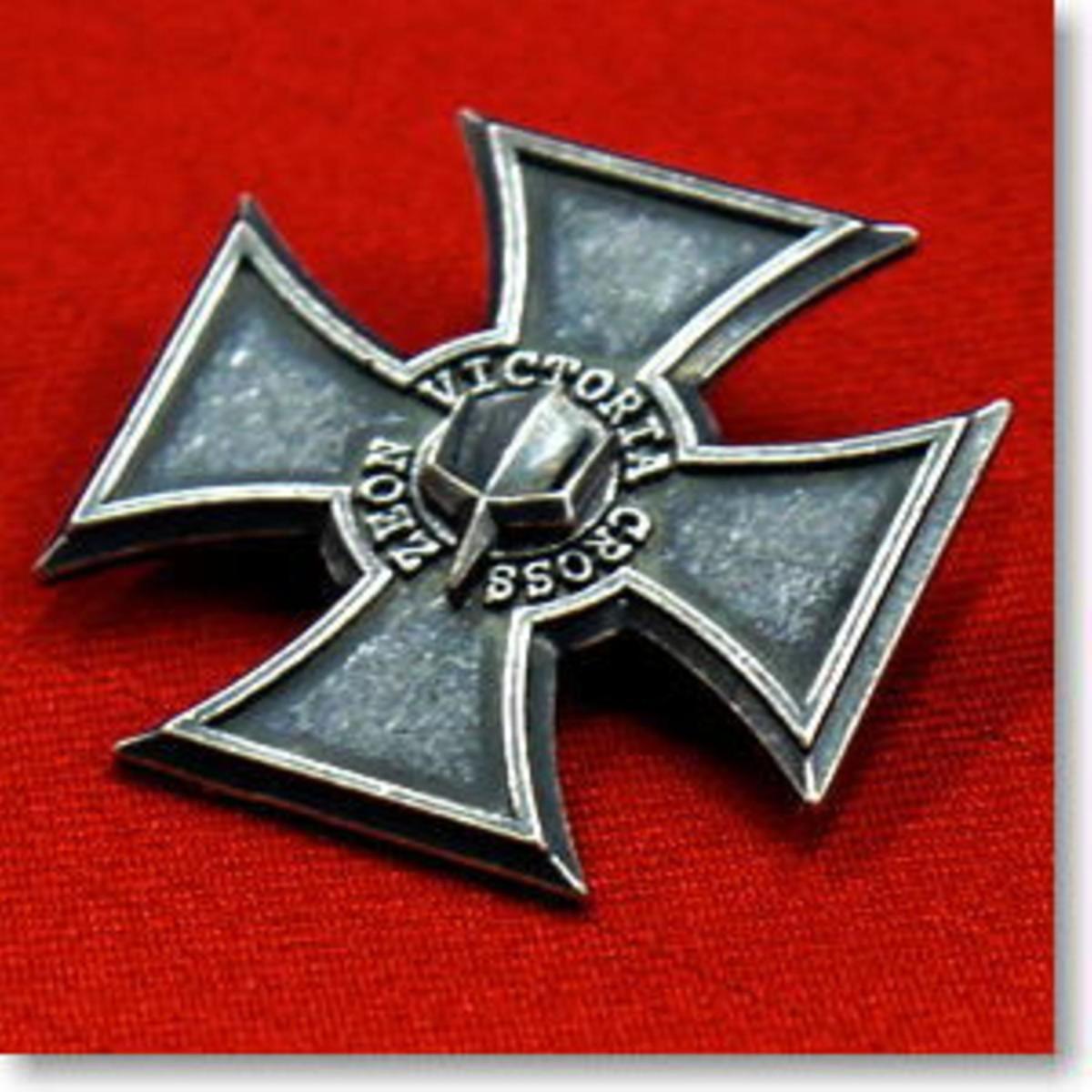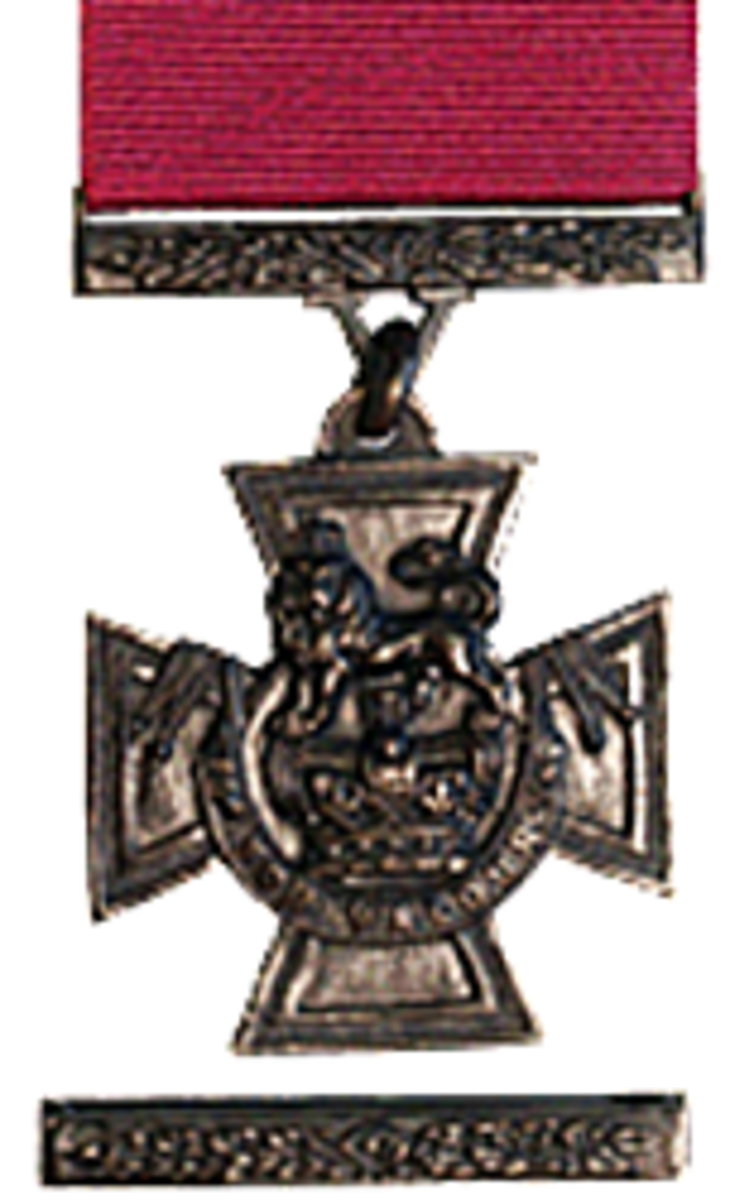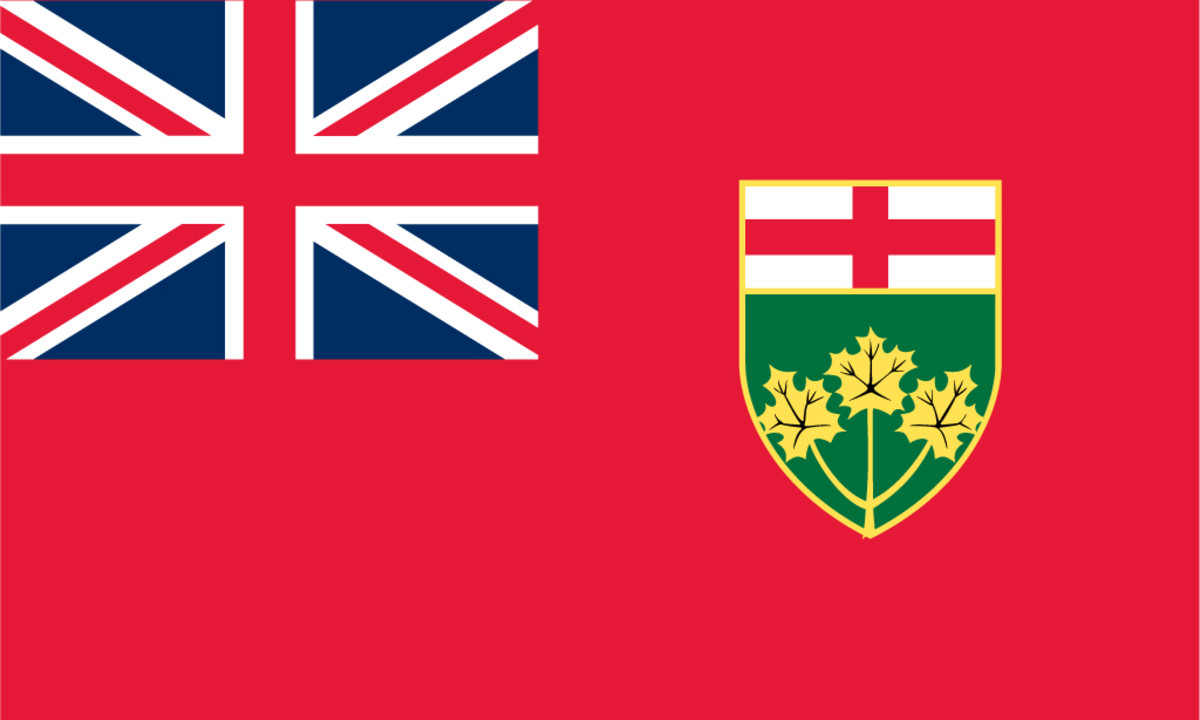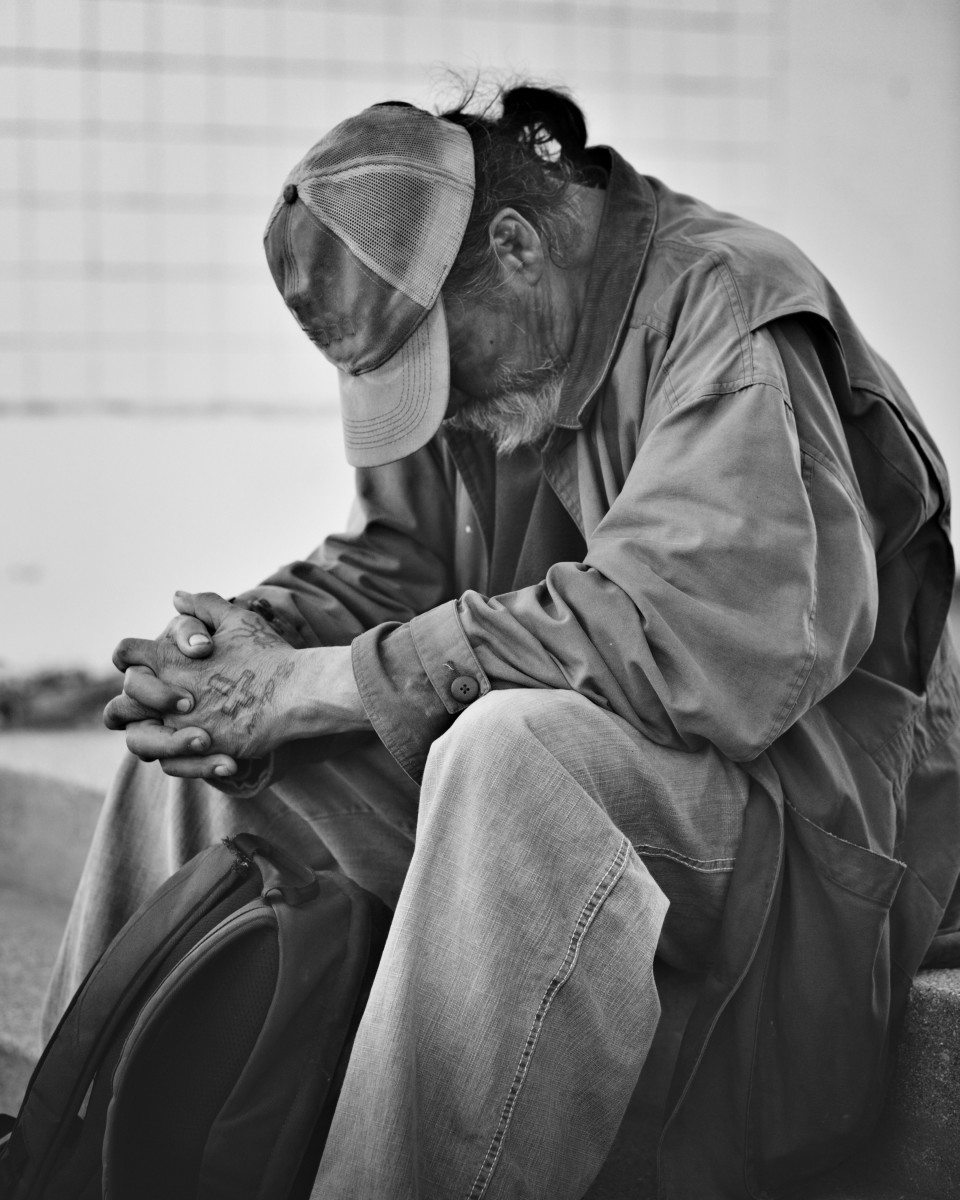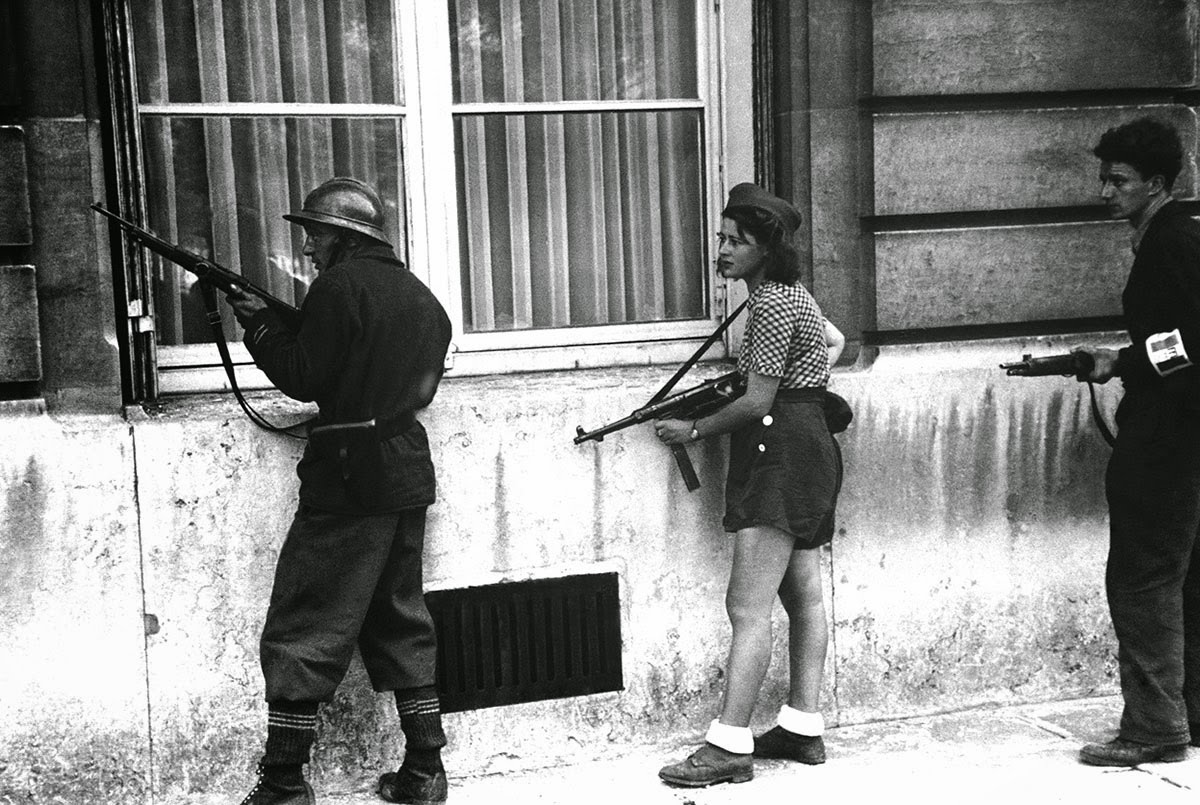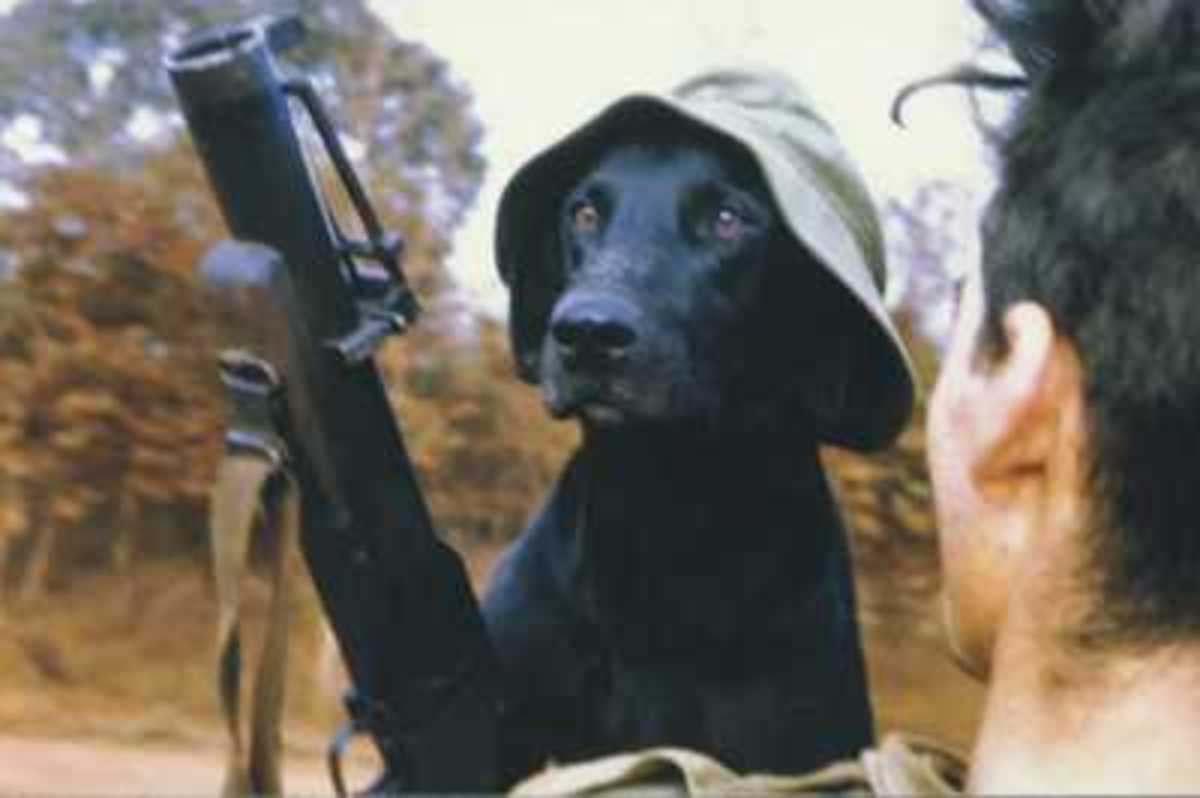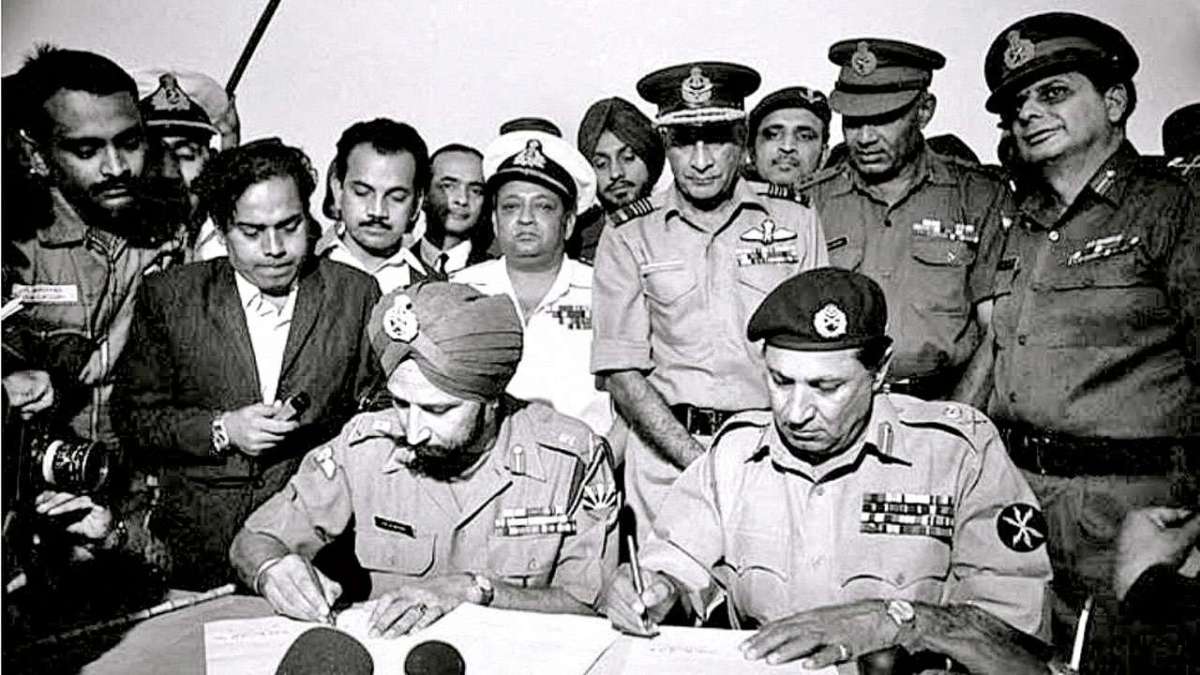- HubPages»
- Education and Science»
- History & Archaeology»
- Military History
Military Award Winners: The Victoria Cross.
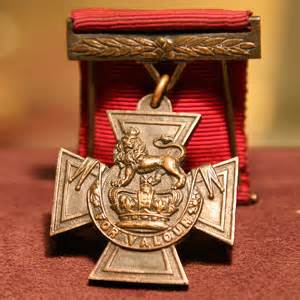
For Valour.
The Victoria Cross is the award given for '' acts of conspicuous courage and bravery under circumstances of extreme danger '' It is the highest British military award for gallantry. This award is given rarely and recipients are held in the highest regard. The medal is open to all ranks and colonial forces; it was extended to the Indian Army in 1911.
The Award.
The medal is made of Bronze, it is a tradition that the metal used is taken from Russian guns which were captured at Sebastopol circa 1854. The Bronze is also chemically darkened. The front of the medal bears the royal crest which is a lion over a crown. Below the crest the words '' for valour '' are inscribed. Originally the words '' for the brave '' were to be used. This was changed on the recommendation of Queen Victoria, as it might imply that not all men in battle were brave. The reverse of the medal bears a plain roundel, onto which would be inscribed the date of the action for which the medal is awarded. The medal is suspended below a laurelled bar attached to a red ribbon. On the rear of the bar is inscribed; name, number, rank and unit. The award was originally instituted in January 1856. Originally the ribbon was dark blue for the Navy and Royal Marines and dark red for the Army. The ribbon was standardised as dark red for all the services in 1918. The first awards were announced in February 1857. The first Victoria Cross was awarded to Lieutenant Charles Lucas of HMS Hecla, this was for gallantry in the Baltic in 1854. The award is given with a citation and offers a small pension to the recipient.
In order of Merit.
Medals are always worn from left to right ( as viewed ) therefore the Victoria Cross would be the first medal on the left, followed by other gallantry medals and campaign medals in date order. Jubilee and coronation awards would be next, followed by long service medals.
It is a myth.
There is a myth that all ranks must salute a bearer of the Victoria Cross. There is no official requirement for this whatsoever. However, by tradition the chiefs of staff and other officers, will often salute a private who holds the Victoria Cross 'VC' or the George Cross 'GC' which is awarded for gallantry when not under fire.
A few statistics.
628 VCs were awarded during the first world war more than in any other conflict. The largest number of VCs awarded in a single day was twenty-four this was on the 16 November 1857, at the siege of Lucknow during the Indian Mutiny. One of the recipients was Able Seaman William Hall, a Canadian who was the first black man to receive the award.
The Victoria Cross.
Victoria and George Cross.
© 2012 Graham Lee

